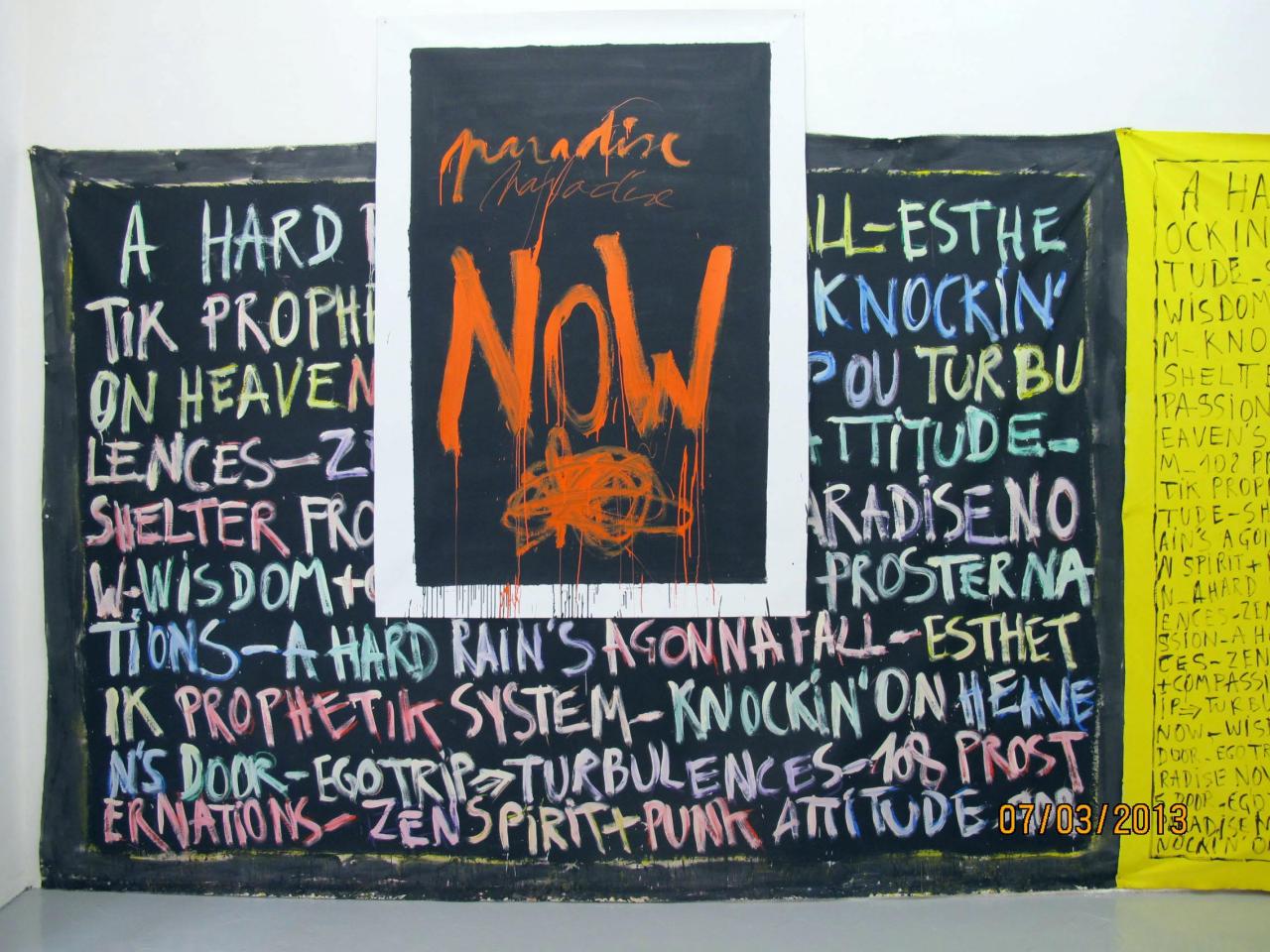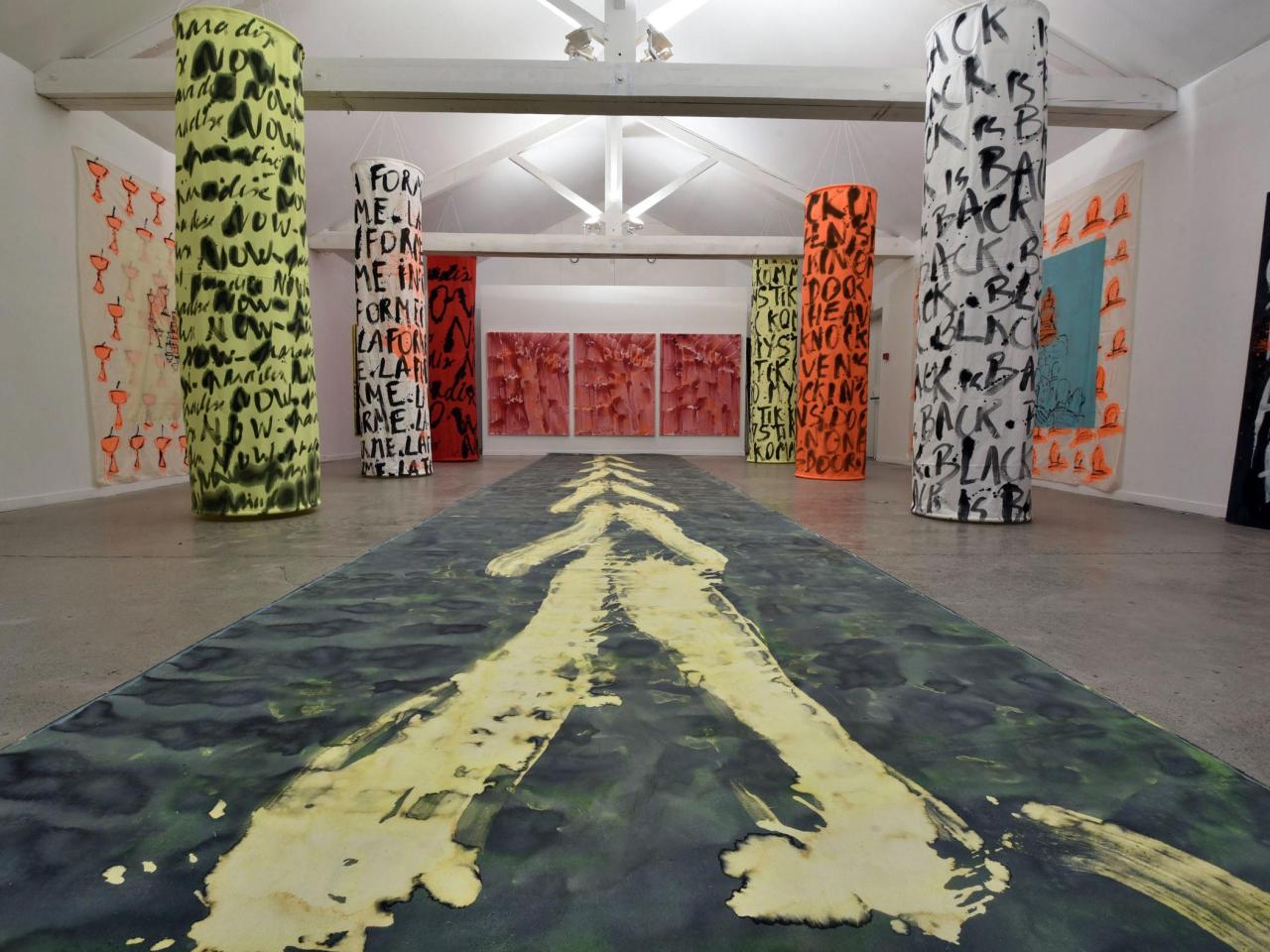Georges Autard
Born in 1951
Lives and works in Marseilles


By now spanning a consequential number of years with an imposing ensemble of works, George Autard's development crosses styles so diverse, techniques so irreconcilable, that it now attains a recognizable logic and coherence.
The latest series from spring and summer 2001, which we would gladly name translations, allow us to ascertain that, after having momentarily abandoned his usual vocabulary (bicycle, blackboard, number, writing), George Autard revisits the vocabulary of 2Oth century art history using some of modernity's emblematic figures and movements : Cézanne, Picasso, Beuys, Ryman, Body art. works surrounding his work for a long time without having left an effective trace still as of today. Rather than assuming an indirect and formal influence, he salvages the immediate image to submit it to his pictorial vision. Neither reference nor citation, nor hommage, it is for him the occasion to deconstruct and reconstruct the other's lesson, to fragment, the better to distance himself. To bow down, the better to be himself.
Having integrated the theoretical architectures spanning from Cezanne to the Cubists up to today, into his pictorial violence, now contained and channeled, George Autard isolates and deviates them with the technical and analytical tools of his time. Stripping and signifying forms right down to their structure and simplifying the recognizable colors of Cezanne's landscapes or Picasso's compositions, he thus used first photographic then computerized reproduction, of a work that Cezanne had painted while directly contemplating the motif. This additional distance he places between the painter and the object grants him access to a reflection on current painting which is pragmatic and sensitive, capable of re-reading the other arts, their most complex thoughts, their possible becoming. This thus grants him the capacity to reread the art world and thus the world itself.
François Bazzoli, 2001